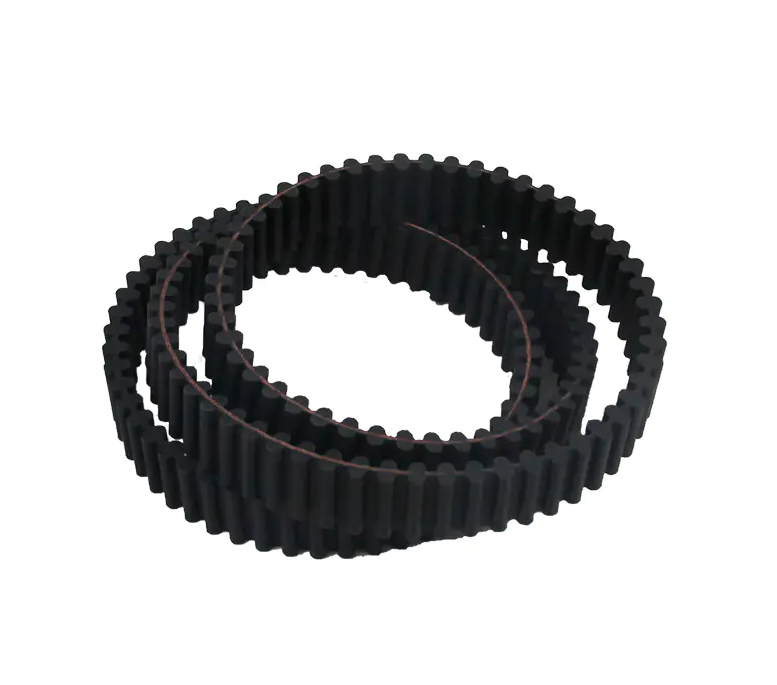Synchronous belts are essential components used in many industrial and mechanical applications, known for their precision, reliability, and ability to transmit motion efficiently. These belts are commonly used in a wide range of industries, from automotive and manufacturing to robotics and agriculture, playing a key role in systems that require exact synchronization between the belt and the drive components.
In the automotive industry, synchronous belts are frequently used for timing belt applications. These belts connect the crankshaft to the camshaft, ensuring that the timing of the engine's valves and pistons is precisely synchronized. The accuracy provided by synchronous belts is critical for the smooth operation of the engine, reducing the risk of mechanical failures and ensuring optimum performance over time.
Synchronous belts are also widely used in the manufacturing sector. Conveyor systems, often found in assembly lines or material handling processes, rely on these belts to provide a consistent, synchronized movement of materials. The precise movement offered by synchronous belts ensures that items move in alignment with other parts of the machinery, improving efficiency and reducing the potential for errors. In many cases, these belts are preferred over traditional V-belts due to their ability to operate without slippage and their high level of accuracy.
In robotics, synchronous belts are key components in applications such as 3D printers, CNC machines, and robotic arms. These belts allow for the accurate transmission of motion, ensuring that the precise movements of the robot are executed with minimal error. The accuracy and low maintenance requirements of synchronous belts make them ideal for high-precision applications, where even small deviations could lead to significant errors.
Agricultural machinery, such as harvesters and tractors, also uses synchronous belts to drive key components such as the cutting mechanisms and conveyors. The consistent power transmission of these belts ensures that agricultural processes are carried out efficiently, helping to improve the overall productivity of farming operations.
Overall, the diverse applications of synchronous belts across various industries highlight their importance as reliable and precise power transmission solutions. Their ability to handle heavy loads, operate at high speeds, and provide consistent performance makes them a preferred choice for applications that require exact synchronization and durability.

